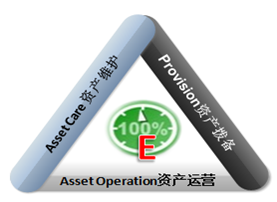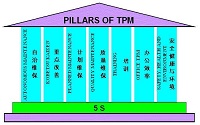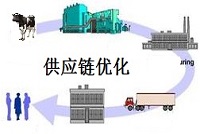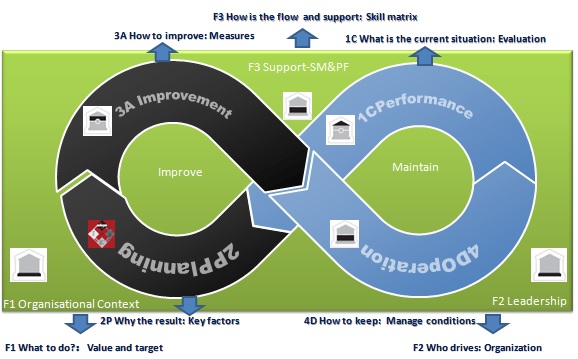Macrolake consultancy
Macrolake serves opertional excellence solution for Organization.
Macrolake Pyramid operation model
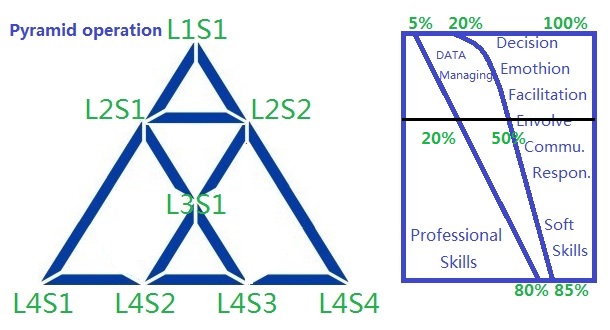
If your enterprise wants to be excellent, the core is to arm your people with skills.
So you can use KBI (Key behavior index) and KPI (Key performance index) to monitor both the behavior and the performance of your staff.
And you are brave enough to take the responsibility of developing them. You advocate the Pyramid operation thoery that the leader's performance and behavior score should be his subordinates' average plus his own.
For example, if your score is L1S1 and you have two subordinates whose scores are L2S1 and L2S2 respectively. Professional skill score of the subordinate with score being L2S1 is PSS21, Data managing score is DMS21, and soft skill score is SSS21. Then L2S1=PSS21*(20%-0%)+DMS21*(50%-20%)+SSS21*(100%-50%).
L1S1=(PSS21*5%+DMS21*(20%-5%)+PSS22*5%+DMS22*(20%-5%))/2+SSS11*(100%-20%), because leader's soft skill weight is higher than his suborbinates, the soft skill score use leader's own but not his subordinate's.
L2S1 or L2S2 score comes from two perepectives which are skill matrix score or KBI ones and KPI ones. Generally the weight of KBI is from 20-40% and KPI is from 80% to 60%.
Macrolake infinite improvement

- Describe the benefits of focusing on principles
- Articulate principle-driven behavior
- Identify how tools link to systems
- See and assess behavior to provide constructive feedback
- Explore what adjustments could be made to improve systems in driving ideal behavior
- Select high impact systems to drive ideal behavior
- Scientifically Experiment with adjusting systems
- Re-align systems to eliminate work-a-rounds/fire-fighting
- Build system reliability - monit or behavior
- Clarify teaching role: when to mentor, coach, lecture
- Unify the learning and teaching cycles
- Ask questions that inspire an d motivate
- Unleash talent and passion
- Create a workforce that engages in continuous improvement
- Translate your desired culture into specific behaviors
- Monitor behavior (KBI) an d performanc e (KPI)
- Align and measure the execution of YOUR strategy
- Create a visual map to align and adjust your culture
- Identify key roles and responsibility to manage your culture
Principle House of Macrolake Lean
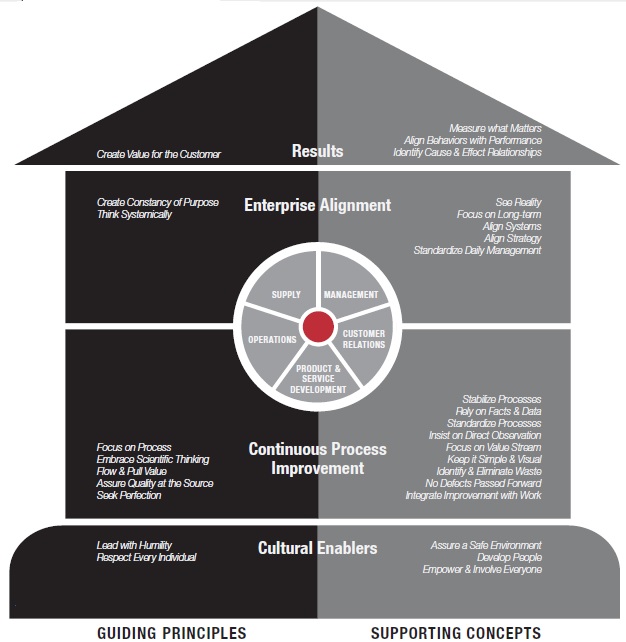 Guiding Principles
Guiding Principles
Transforming a Culture by Macrolake transformation square
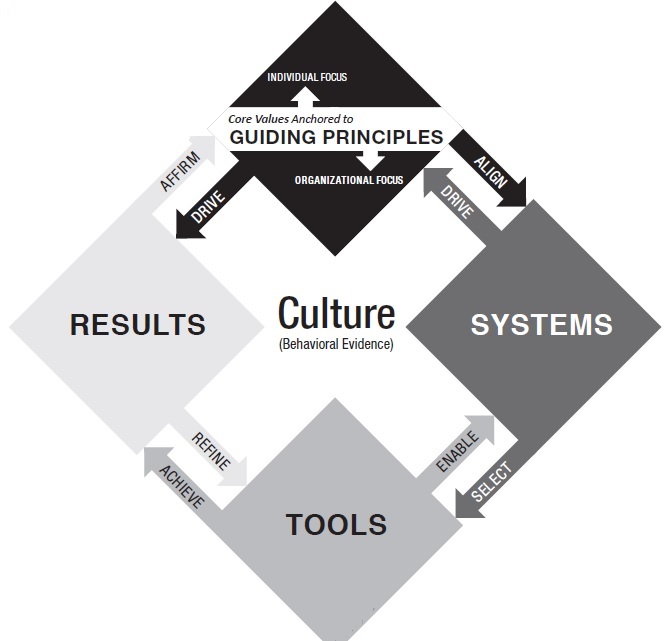 In the 1940s, the work of French social scientist, Jean Piaget, led us to understand that learning occurs when people come to deeply understand the meaning behind the methodology. People naturally search first for meaning, the principle, and then attempt to organize them somehow into a system, or some kind of order. Finally, they create tools to better enable the systems to accomplish the purpose for which they were created.
In the 1940s, the work of French social scientist, Jean Piaget, led us to understand that learning occurs when people come to deeply understand the meaning behind the methodology. People naturally search first for meaning, the principle, and then attempt to organize them somehow into a system, or some kind of order. Finally, they create tools to better enable the systems to accomplish the purpose for which they were created.
Macrolake team oriented TPM deployment model
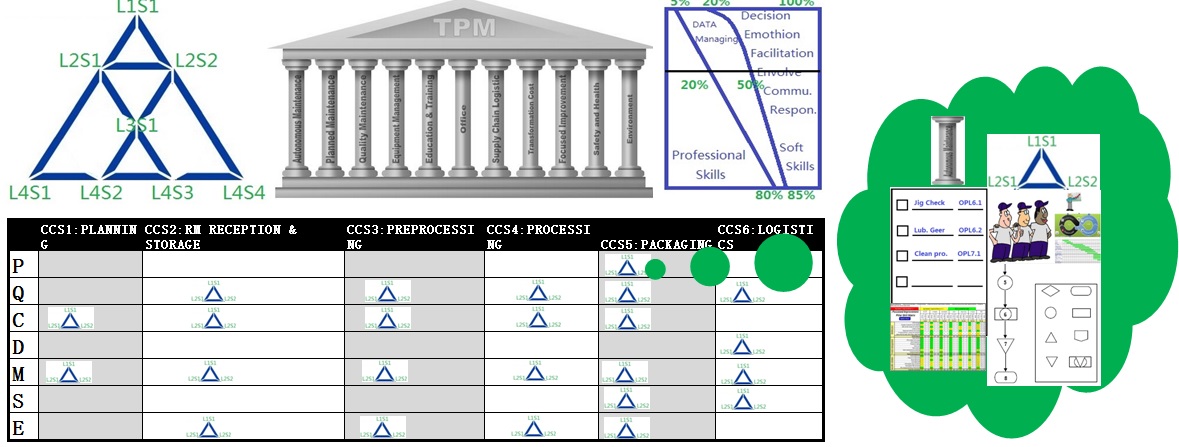
Engage your member with team
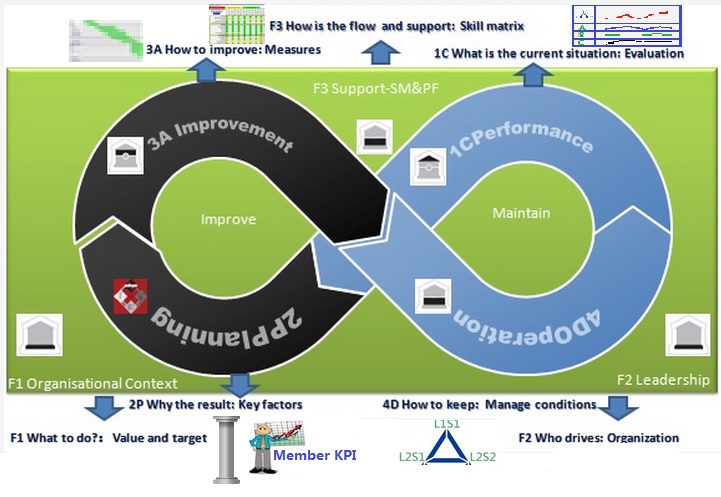
F1: Let your member understand his value in team pillars using flow chart, try to transform his activities to his individual KPIs.
F2: Let your member understand his roles in teams, link his KPIs with the teams'.
F3: Map his skills (SOPs and OPLs) by linking them to his KPIs. Record his activities or skill results by CIL sheet. Monitor and maintain his KPIs.
1C: Check the trend of his KPIs; Test the effectiveness and correlation of his skills with his KPIs. Test the correlation of his KPIs with the team's KPIs.
2p: Maintain or optimize his skills, CIL activities record and KPIs trend by using critical factors analysis & counter-measures recommendations.
3A: Train measures and form the new skills. Add the skill activities into his CIL record forms.
4D: Analyze the criticalities (CCP control) of your member's activities by linking them with every process point through flow chat and carry out the CIL activities and record. Maintain and improve your team's KPI trend.
Meng Niu Dairy in China got ISO55001 certification
Through several years' cooperation with Macrolake consultancy, Meng Niu Dairy got the certification of ISO 55001 on the 16th April, 2015. This is the first ISO 55001 certification in Asia and the 7th in the world.
The target of this project is to maximize the value of assets with 3 KPIs including asset efficiency (OEE), operational cost saving and energy saving.
Through asset provision, operation and maintenance, especially disposal of overage service asset using NPV cash creation capability, potential cost saving is more than 0.8 billion RMB in 10 production year.
